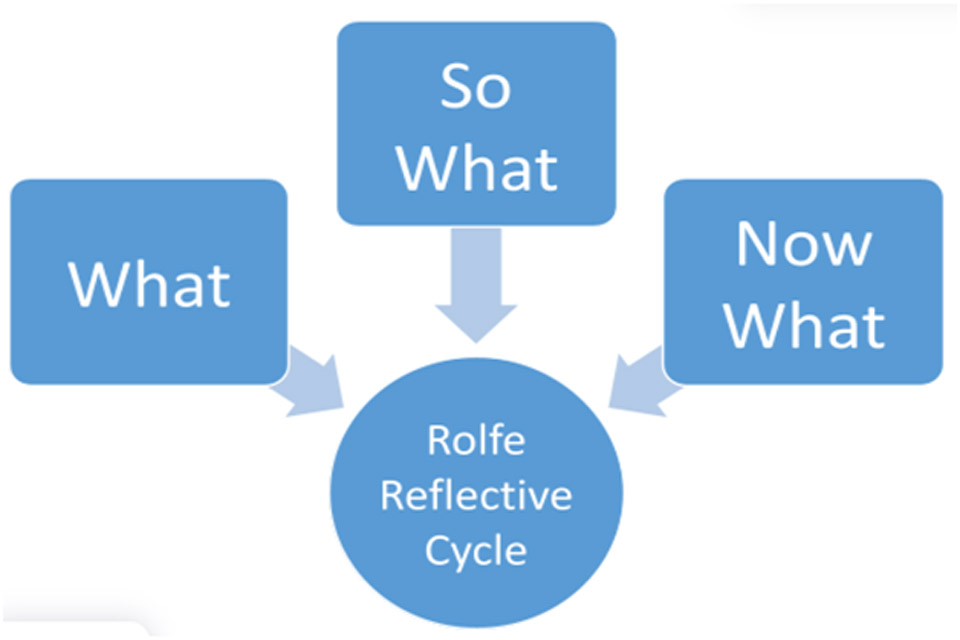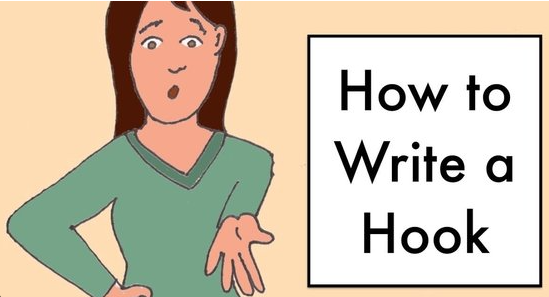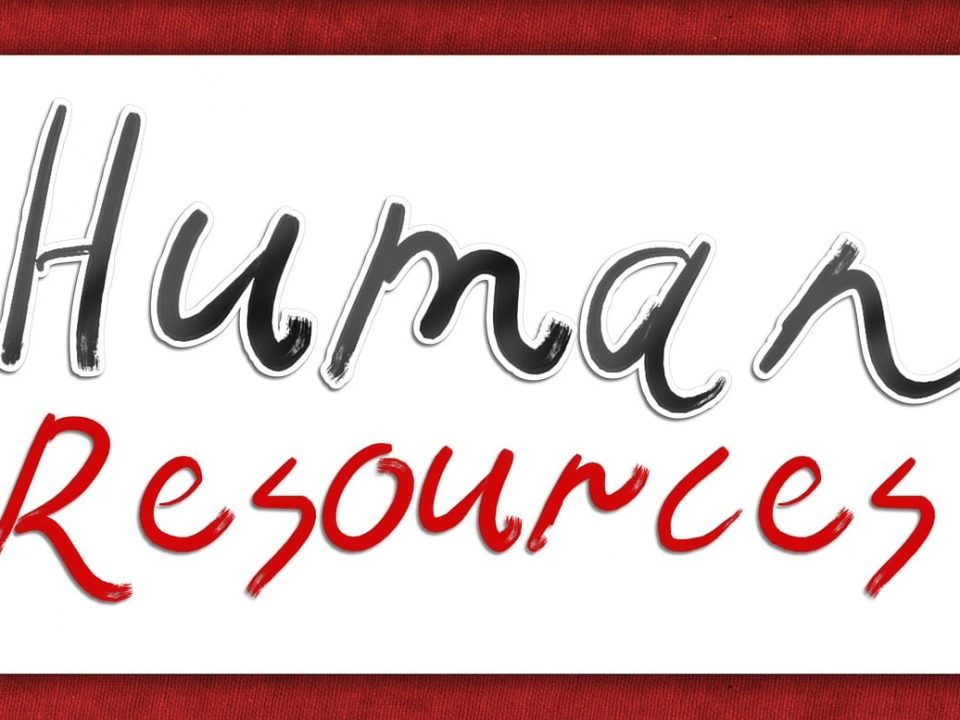Utilizing Rolfe’s reflective model example, write a reflective essay about the patient and his health conditions discussed in the scenario in the appendix.

Introduction
In this reflective essay, Rolfe’s reflective model example will explain the case scenario mentioned in the appendix. Rolfe’s reflective modelis an expansion of Borton’s model of reflection. Setting Rolfe’s reflective model example, Gary Rolfe tried to make Borton’s reflection model more comprehensive and credible.Rolfe’s model is based on three easy questions, what? So what? Now what? The scenario for the reflection is given out in the appendix, and a pseudo name, Michael, has been used to describe the patient and his health condition following the NMC guidelines.
What?
Going through the details about the patient, it is derived that Michael is suffering from schizophrenia, and his health conditions may lead to psychotic behavior.Due to his metabolic disturbances (hyponatremia) and his imaginative idiopathic confusion, he has made certain allegations. He has alleged a physical assault from another staff member in the ward.Michael is seen to be forgetting things, and the event he refers to happened three days back.
Looking at his health condition, it is impossible to confidently verify the incident’s happening. His health condition is a concern to believe in the alleged incident’s reliability (Adrogue et al., 2022). In this Rolfe’s reflective model example essay, my analysis of the incident will revolve around the actions that I took and whether they are relevant perse the incident or require further improvement.
I was the first one informed about the incident by the patient. Hearing that, I tried to consider all aspects of the allegations with the assistance of Rolfe’s reflective model example.I could make sense of the severity of the incident in case it was true, and if it was untrue, then the effect it could have on the concerned staff member.Such instances presented in this Rolfe’s reflective model example essay, if proven to be false, could potentially affect the professional integrity of the health professional alleged to be involved in it. I was aware of Michael’s developing psychosis and confusing behavior, and at the same time, I was amazed by his precise description of the incident. While describing the incident, Michael was undergoing all types of emotions and cried during the discussion.
On hearing about the incident, I believed in its truthfulness; hence, it was my professional and moral duty to raise the issue before the senior ward member. Accordingly, I escalated a complaint on behalf of the patient, and after discussing the matter with the senior ward member, I filed an Incident Report Form (IR1) (Chiang et al., 2019). The report was submitted before the hospital management to expedite the process.
After filing the report, I underwent a lengthy self-examination with Rolfe’s reflective model exampleas I was concerned about my action.I was thinking about theafter-effects of this report on the staff member involved in case the incident proves to be a false narrative.I was also experiencing a dilemma about whether I intentionally made a party to this false accusation. After intensely pondering over the incident and its result with the aid of Rolfe’s reflective model example, I concluded that it was right on my part to report the incident and file the report. It was my professional responsibility towards the patient to report the incident, and the action was taken in place of me being the patient’s advocate in these circumstances. I did my best for the patient, and the actions taken were appropriate.
The feedback from the senior ward member was also appropriate, as I think she personally visited the patient and spoke to him about the incident. After determining the validity of the incident basis evidence, she recommended me to file the Incident Report Form. Her recommendation reassured my Rolfe’s reflective model exampledecision and its appropriateness.The senior ward member also discussed with me the implications of the situationsand ethics involved in it. The discussion was professional and thoughtful, and it helped me to conclude. The senior ward member could foresee my dilemma and confusion in dealing with this situation and supported me with different suggestions.
Considering a patient’s feelings is an important aspect of any reflective process, including Rolfe’s reflective model example discussed in this essay. In the present scenario, Michael seemed satisfied and pleased to see him being taken sincerely. However, his fluctuating behavior signified that further discussion with him about the incident might result in different interpretations and confusion.But he seemed grateful to hear the news that the alleged ward member would no longer be assigned to him.
So what?
The theoretical components of the scenario evaluation are uncomplicated if Rolfe’s reflective model example is used. As per one of the studies by Jasper et al. (2013), professional healthcare practitioners must extend the best care to their patients. The practitioner must ensure that the care provided is the best they can do in a given situation.In another part of the study, the authors argued that it is the responsibility of nurses to report such incidents to their superiors. As a professional duty, all possible patient abuses must be immediately reported to senior management.Patients’ questionable reliability or reduced capacity to state clearly due to their illness should not create a bias in reporting such abusive incidents. They should be considered as vulnerable while performing the care facilities and extended greater protection. Their illness should not be a means to make compromises in giving them protection.
Ethically reflecting on the incident with Rolfe’s reflective model example, I have come across that nurses should apply the principle of non-maleficence. The principle is deemed to be taken from the ancient Greek Hippocratic oath, which means, ‘first do no harm’. The expression underlines the ethical rules applicable in the nursing and healthcare profession (Atanasovet al., 2020). The principle instructs healthcare professionals to cause no harm to the patients nor expose them to any kind of harm.
After hearing the incident, I pondered the thought of speaking to the senior ward member in an unofficial capacity. However, then I realized with the help of Rolfe’s reflective model example that it was just a waste of time. There was nothing he could say or do differently that could change his way of doing things differently.The caring relationship between a patient and the health care professional cannot change the course of action for reporting any abusive incident (Tschudin, 2003).
The intensity of the reflection gave me a better understanding of the situation and fortified my initial judgment corresponding to the actual and proper course of action.Rolfe’s reflective model example helps to analyze the conduct of an individual through deep insight.
Now what?
In view of the fact that Michael had experienced a probable case of abusive behavior, its investigation in a proper manner seems to be appropriate.Basis the Rolfe’s reflective model example, the step of removing the concerned ward member from the service of the patient by the senior ward member appeared to be appropriate and in proportion with the narrated behavior. If the patient was not suffering from confused and psychotic behavior, removing the concerned ward member from the service would have been the appropriate decision in such circumstances. But the mental state of Michael provided a significant element of ambiguity about the accuracy of the allegations made by him against the concerned ward member. Any unjust action in such circumstances might be considered improper and excessively unlawful for the concerned ward member if he is not guilty (Jacob, 2020).
Before reporting the incident to the senior ward member, I apologized to Michael and assured him that such behavior would not be approved of in future.The organization will ensure that such incidents do not occur with any patient in the future. My asking for an apology was a correct way of showcasing professionalism as it demonstrated my responsibility to take up matters done by others in the team (Berman et al., 2015).It also exhibited that Michael’s complaint was being taken seriously and that I was extremely remorseful for what had happened to him.
Having an overview of the incident with the aid of Rolfe’s reflective model example, I eventually had two possible optionsfrom it. The First was to believe Michael’s story, and the second was to doubt the probability of the event basis his mental condition.Going deep into the analysis, the transformation of a student into a nursing practitioner is determined by his potential to handle a situation from a deep and holistic angle.This transformation is often referred to as professional intuition or expertise, which comes to a student after years of experience. However, when this professional intuition is tested in a clinical setting, it becomes a strong concept (Anderson et al., 2019).
The help of Rolfe’s reflective model example and the suggestions from the senior ward member helped me completely address the situation and understand each component. If I encounter a similar situation in future, I would be more confident in handling it instead of pondering over the action after the incident.It will save my time to reflect on the incident again and again to reconfirm my action. The analysis, with the help of Rolfe’s reflective model example, has helped me to believe how professionals in any field mature and go past the rule-bound behavior.It helps them perform in uncertain situations, look at problems holistically, and act judiciously.
References
Adrogue, H.J., Tucker, B.M., and Madias, N.E (2022). Diagnosis and Management of Hyponatremia: A review. JAMA, 328(3). doi:10.1001/jama.2022.11176
Anderson, N.E., Slark, J., and Gott, M (2019). Unlocking intuition and expertise: using interpretative phenomenological analysis to explore clinical decision making. Journal of Research in Nursing, 24(1-8). DOI: 10.1177/1744987118809528
Atanasov, A. G., Yeung, A. W. K., Klager, E., Eibensteiner, F., Schaden, E., Kletecka-Pulker, M., and Willschke, H (2020). First, Do No Harm (Gone Wrong): Total-Scale Analysis of Medical Errors Scientific Literature. Front Public Health 8. https://doi.org/10.3389/fpubh.2020.558913
Berman, A., Snyder, S., and Frandsen, G (2015). Kozier & Erb’s Fundamentals of Nursing: Concepts, Process and Practice. 11th ed. Pearson.
Chiang, H., Lee, H., Lin, S., and Ma, S (2019). Factors contributing to voluntariness of incident reporting among hospital nurses. Journal of Nursing Management, 27(4). https://doi.org/10.1111/jonm.12744
Jacob, K. S (2020). Insight in psychosis: A critical review of the contemporary confusion. Asian Journal of Psychiatry, 48. https://doi.org/10.1016/j.ajp.2019.101921
Jasper, M., Rosser, M., and Mooney, G (2013). Professional Development, Reflection and Decision-Making in Nursing and Healthcare. Wiley-Blackwell, United Kingdom.
Tschudin, V (2003). Ethics in Nursing: The Caring Relationship. Elsevier.
Appendix
An 81-year-old fellow named Michael was treated in my ward for schizophrenia and other mental health-related conditions. He was suffering from hyponatremia and was in a state of confusion.The patient and his relatives have been informed about his severely low sodium level. Michael is on a strict fluid restriction of 750 ml per day, but because of his mental status, he often demands more fluids. Though this has been explained to him and his immediate kin, in case his demands for fluids are not met, he starts to scream and disturbs the peace of the entire ward. At times, he becomes too aggressive to handle, so the senior ward member appointed the concerned ward staff member to provide in-person care for Michael.
One morning, I assisted Michael with his personal hygiene, and he started crying. I asked what had happened, and he said that the concerned ward staff member slapped his back three days back and pinched him.He further said that he wanted to inform the other nurse once the concerned ward staff member left, but in the meanwhile, he forgot about the incident and did not report back then. He further added that he wished to inform about the incident to his son once he visits him the next time.
After hearing about the incident and applying Rolfe’s reflective model example, I assured him that the same would not be repeated in the near future and apologized to him for the incident on behalf of the hospital. I also assured him that the matter would be reported further and that the concerned ward staff member would not be allowed to provide him with any care.
I approached the senior ward member and updated the entire incident. Then, after analyzing the scenario considering Rolfe’s reflective model example, we decided to fill out the Incident Report Form immediately.
Total Assignment Help
Incase, you are looking for an opportunity to work from home and earn big money. TotalAssignmenthelp Affiliate program is the best choice for you.
Do visit :https://www.totalassignment.com/affiliate-program for more details
Total Assignment help is an assignment help Online service available in 9 countries. Our local operations span across Australia, US, UK, South east Asia and the Middle East. With extensive experience in academic writing, Total assignment help has a strong track record delivering quality writing at a nominal price that meet the unique needs of students in our local markets.
We have specialized network of highly trained writers, who can provide best possible assignment help solution for all your needs. Next time you are looking for assignment help, make sure to give us a try.
Looking for Assignment Help from Top Experts ?
Get the best Assignment Help from leading experts from the field of academics with assured onetime, 100% plagiarism free and top Quality delivery.


